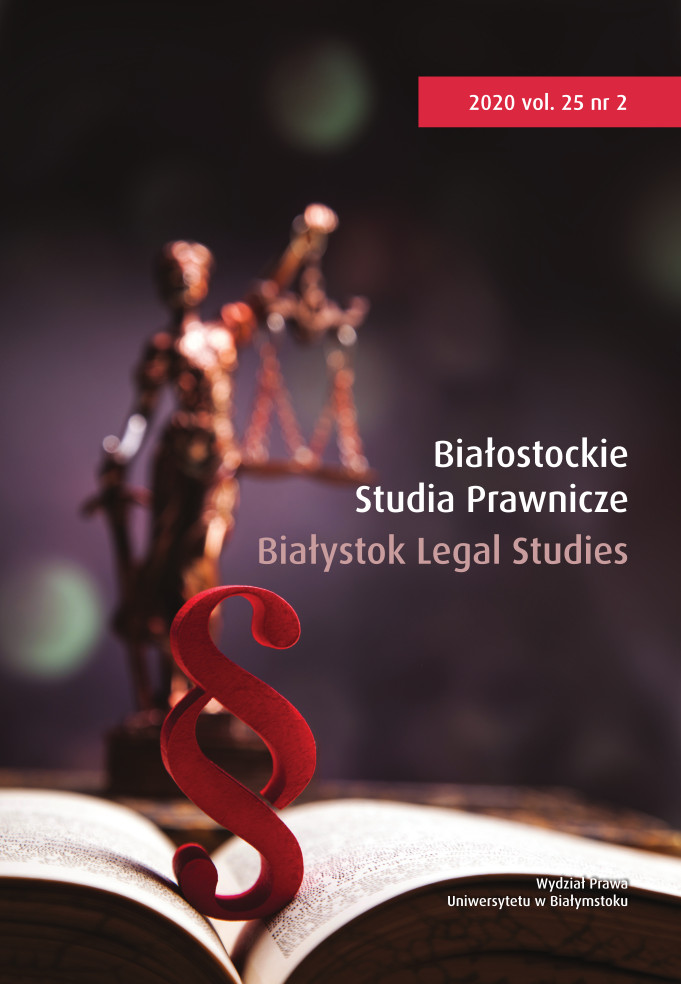Donation of Genetic Material and the Polish Law on Infertility Treatment
Słowa kluczowe:
medically assisted procreation, in vitro fertilization, gametes, donor, recipient, anonymity of donation, donor conception register, welfare of the child, genetic originAbstrakt
Since the procedures of medically assisted procreation (such as insemination or in vitro fertilization) carried out with donated gametes have become common, the problem of protecting donors and children has arisen. Donors needed the protection of their right to respect for family and private life, whereas children needed the proper assimilation with a new family, based on social bonds. Initially, most countries introduced, as a basic rule, the principle of anonymity of gamete and embryo donation (the so-called traditional model). According to the anonymity rule, a child conceived via medically assisted procedures does not have access to information about the donor’s identity, and vice versa. However, due to the increasing importance of the right to know one’s genetic origin, many countries decided to change the law and allow the child and the donor access to the donor conception register (the so-called liberal model). The Polish Act on Infertility Treatment of 2015 adopted the traditional model, with a few modifications. Opinions on the new regulation differ, and there is an ongoing discussion in the literature concerning in particular the confidentiality of the donor’s identifying data.Bibliografia
Bartel H., Embriologia, Warszawa 1999.
Baudouin J., Labrusse-Riou C.,Produire de l’homme. De quel droit? Étude juridique et éthique des procréations artificielles, Paris 1987.
Bączyk-Rozwadowska K., Prokreacja medycznie wspomagana. Studium z dziedziny prawa, Toruń 2018.
Bernat E., Straka U., Austria: A Legal Ban on Surrogate Mothers and Fathers?, „University of Louisville Journal of Family Law” 1992–1993, vol. 31.
Boratyńska M., Tajemnica lekarska in vitro w ustawie reprodukcyjnej – suma wszystkich strachów, „Prawo i Medycyna” 2014, nr 4.
Bosek L., Prawo osobiste do poznania własnej tożsamości biologicznej, „Kwartalnik Prawa Prywatnego” 2008, nr 4.
Brazier M., Cave E., Medicine, Patients and the Law, wyd. V, London 2011.
Coester-Waltjen D., La procréationartificielle et le droit (République Fédérale d’Allemagne), „Institut de Recherches Juridiques Comparatives”, Paris 1985.
Depadt-Sebag V., La place des tiers dans la conception d’un enfant né par AMP avec donneur: un secret d’ordre public, « Dalloz » 2010, nr 6.
Depadt-Sebag V., Le don de gamètes ou d’embryon dans les procréations médicalement assistées: d’un anonymat imposé à une transparence autorisée, «Dalloz » 2004, nr 13.
Dreyfuss-Netter F., Adoption and Medically Assisted Procreation under French Law, „St. Louis-Warsaw Transatlantic Law Review” 1996, nr 93.
Działyńska M., Postępowanie lekarza przy dokonywaniu zabiegu wspomaganej prokreacji, (w:) T. Smyczyński (red.), Wspomagana prokreacja ludzka. Zagadnienia legislacyjne, Poznań 1996.
Frank R., Recht auf Kenntnis der genetischen Abstammung?, „Zeitschrift für das gesamte Familienrecht” 1988, nr 2.
Freeman M., Medically Assisted Reproduction, (w:) J. Laing, J. McHale, I. Kennedy, A. Grubb (red.), Principles of Medical Law, wyd. III, Oxford 2010.
Freeman T., Jadva V., Kramer V., Golombok S., The Experiences of Adolescents and Adults Conceived by Sperm Donation: Comparison by Age of Disclosure and Family Type, „Human Reproduction” 2011, nr 8.
Frith C., Frith U., Social Cognitions in Humans, „Current Biology” 2007, vol. 17.10.1016/j.cub.2007.05.068
Haberko J., Ustawa o leczeniu niepłodności. Komentarz, Warszawa 2016.
Herring J., Medical Law and Ethics, wyd. IV, Oxford 2016.
Jackson E., Medical Law. Text Cases and Materials, Oxford 2006.
Jackson E., Regulating Reproduction. Law, Technology and Autonomy, Oxford–Portland–Oregon 2001.
Jadva V., Casey P., Readings J., Blake L., Golombok S., A Longitudinal Study of Recipients’ Views and Experiences of Intra-family Egg Donation, „Human Reproduction” 2011, nr 10.10.1093/humrep/der252
Janssens P.M., Simons A.H., van Kooij R.J., Blokzijl E., Dunselman G.A., A New Dutch Law Regulating Provision of Identifying Information of Donors to Offspring: Background, Content and Impact, „Human Reproduction” 2006, nr 4.10.1093/humrep/dei407
Łączkowska M., Rodzinnoprawne dylematy wspomaganej prokreacji, (w:) J. Gadzinowski, L. Pawelczyk, J. Wiśniewski (red.), Dawanie życia. Problemy wspomaganego rozrodu człowieka, Poznań 2003.
Nachtigal R.D., Tschann J.M., Szkupinski S., Stigma Disclosure and Family Functioning Among Parents of Children Conceived Through Donor Insemination, „Fertility and Sterility” 1997, vol. 68.10.1016/S0015-0282(97)81480-X
Nesterowicz M., Prawo medyczne, wyd. XII, Toruń 2019.
Nesterowicz M., Problemy prawne nowych technik poczęcia dziecka, „Państwo i Prawo” 1985, nr 2.
Nesterowicz M., Prokreacja medycznie wspomagana i inżynieria genetyczna – konieczność regulacji prawnych, „Prawo i Medycyna” 2006, nr 2.
Nicolas-Maguin M.F., L’enfant et les sortileges: réflections à propos du sort que réservent les lois sur la bioétique au droit de connaître ses origines, « Dalloz » 1995 (Chroniques).
Pennings G., Belgian Law on Medically Assisted Reproduction and the Disposition of Supernumerary Embryos and Gametes, „European Journal of Health Law” 2007, vol. 14.10.1163/092902707X232971
Popielski B., Szczególne zagadnienia z dziedziny etyki i prawa, (w:) Wybrane zagadnienia z etyki i deontologii lekarskiej, wyd. II, Warszawa 1980.
Radwański R., Stanowisko prawne dziecka poczętego w następstwie sztucznego unasiennienia matki, „Studia Iuridica Silesiana” (Prace Naukowe Uniwersytetu Śląskiego) 1979, nr 5.
Raposo V.L., Assisted Reproduction. Two Models of Regulation: Portugal vs Spain, „Jornal Brasiliero de Reprodução Assistida” 2012, nr 1 (vol. 16).
Safjan M., Prawne problemy relacji filiacyjnych oraz dostępu do informacji o dawcy lub dawczyni komórek rozrodczych, (w:) W. Lang (red.), Prawne problemy ludzkiej prokreacji, Toruń 2000.
Safjan M., Prawo wobec ingerencji w naturę ludzkiej prokreacji, Warszawa 1990,
Shenfield E., Steele S.J., What Are the Effects of Anonymity and Secrecy on the Welfare of the Child in Gamete Donation, „Human Reproduction” 1997, vol. 12,10.1093/humrep/12.2.392
Smyczyński T., Tezy w sprawie projektu prawnej regulacji medycznie wspomaganej prokreacji i ochrony prawnej zarodka ludzkiego, (w:) T. Smyczyński (red.), Wspomagana prokreacja ludzka. Zagadnienie legislacyjne, Poznań 1996.
Snowden R., Sharing Information about DI in the UK, „Politics and the Life Sciences” 1993, vol. 12.10.1017/S0730938400024126
Sokołowski T., Prawo dziecka urodzonego w wyniku technik wspomaganej prokreacji do poznania swojego pochodzenia, (w:) J. Haberko, M. Łączkowska (red.), Prawne, medyczne i psychologiczne aspekty wspomaganej prokreacji, Poznań 2005.
Stecki L., Szwedzka ustawa o inseminacji, „Palestra” 1992, nr 3–4.
Stecki L., Winiarz J., Gajda J., Prawo dziecka do poznania swego pochodzenia genetycznego (Dwugłos), „Państwo i Prawo” 1990, nr 10.
Sverne M.T., The Swedish, View of Artificial Insemination by Donor, (w:) Procréation artificielle. Génétique et droit. Collogue de Lausanne, Zürich 1985.
Szczucki K., Prawo dziecka poczętego metodą in vitro do poznania własnej tożsamości biologicznej, (w:) L. Bosek, M. Królikowski (red.), Współczesne wyzwania bioetyczne, Warszawa 2010.
Wołczyński S., (w:) T. Pisarski, M. Szamatowicz (red.), Niepłodność, Warszawa 1997.
Zielińska E., Opinia na temat rządowego projektu ustawy o leczeniu niepłodności, „Zeszyty Prawnicze Biura Analiz Sejmowych” 2015, nr 4.
Zielonacki A., Prawo do znajomości własnego pochodzenia, „Studia Prawnicze” 1993, z. 1.
Zyberaj J., Ikonomi E., The Complications of Donor Assisted Reproduction Anonymity, „Academic Journal of Interdisciplinary Studies” 2013, nr 9 (vol. 2).10.5901/ajis.2013.v2n9p578



